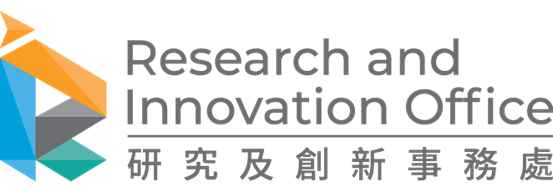The emerging low-altitude economy brings unconventional opportunities for urban and economic development, including revolutionising parcel delivery. Researchers at the Hong Kong Polytechnic University (PolyU) have utilised cutting-edge technology to pioneer the extensive application of unmanned drones in different aspects of life.
Parcel delivery has become an integral part of our daily lives. Led by Dr Hailong Huang, Assistant Professor of the Department of Aeronautical and Aviation Engineering at PolyU, the research group of Autonomous and Interactive Mobile Systems (AIMS), has developed a game-changing "Last-centimeter" project. This initiative aims at enabling drones to autonomously navigate urban environments, and seamlessly deliver parcels directly to customers' balconies.
Dr Huang said, "The traditional parcel delivery model tends to be inefficient in time and cost. While leading companies are exploring drone-based last-mile delivery solutions, customers still need to collect their items from designated pick-up locations. By developing several in-house prototypes for express drones and supporting algorithms, we want to advance and truly revolutionise the customer experience."
Navigating safely in complex urban settings: At its core is an advanced autonomous navigation algorithm that enables drones to map and localise themselves precisely within complex low-altitude airspaces. By integrating multiple sensor data, including LiDAR, IMU, and camera, the algorithm provides accurate and detailed 3D mapping of the surroundings, effectively overcoming challenges posed by unreliable GNSS near buildings.
Enhanced weather resistance: To precisely track the planned path from the distribution centre to a designated balcony, robust control algorithms are employed to further maintain stability and safety in the presence of disturbances like wind and rain. These algorithms continuously monitor the drone’s flight status, making real-time adjustments to counteract the effects of wind gusts and changing conditions. They dynamically adapt control inputs, including thrust, attitude, and control surfaces, to ensure that the drone stays on course and maintains stability.
Obstacle avoidance for precise landing: An advanced perception module has developed, incorporating a balcony state estimation algorithm and an obstacle detection algorithm as essential components. The balcony state estimation algorithm allows the drone to land accurately on the balcony, while the obstacle detection algorithm ensures the landing only occurs when the balcony is free of obstacles and people.
These developed algorithms have already been integrated with the in-house drone prototype. “We have conducted extensive indoor and outdoor testing, along with on-site demonstrations for the relevant stakeholders,” said Dr Huang.
These technologies go beyond parcel delivery. They are at the forefront of shaping the low-altitude economy, an emerging field brimming with the potential to transform urban life and work.
The low-altitude economy generally refers to flying activities by manned and unmanned civil aircraft within airspace up to 1,000 metres above ground level. Drone applications mainly cover logistics, agriculture, surveying and mapping, power inspection, safety patrol, emergency rescue and other industries.
Dr Huang noted that it is essential to consider airspace regulations and guidelines, infrastructure readiness and public safety to unlock the full potential of the low-altitude economy in Hong Kong. The development is optimistic about gradually and systemtically implementing drone deliveries in the New Territories, given the logistics industry’s proven versatility for many potential applications.
Dr Huang said, "The low-altitude economy presents vast opportunities for diverse industries with extensive applications, surpassing ground transportation in dimension and potential. We aim to tackle technical challenges to realise this innovative future."





